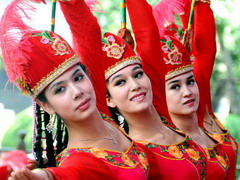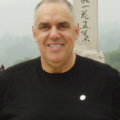The World Cup made in China
By Xin Zhiming (China Daily) Updated: 2014-06-27 07:21This year, the Brazuca, the official (Adidas-branded) balls made by Shenzhen-based company YaYork Plastic Products, cost 1,299 yuan each, according to a company employee. No one knows for sure what percentage of that amount will go to the Shenzhen company, but, based on previous cases, it is likely to be tiny.
An oft-cited case illustrating Chinese manufacturers' poor standing in the global division of labor is that only about 2 percent of the profits from sales of the much sought after and expensive Apple iPhones goes to the Chinese original equipment manufacturers.
In market economy, most of the profits come from links such as designing, brand, research and development, and services - not manufacturing. For higher returns on added value, enterprises must upgrade their designing and R&D abilities, create their own brands and provide other product-related services - this is the success mantra of Apple.
Most Chinese enterprises are yet to go that far. The Chinese economy may have become the second-largest in the world, but its overall economic influence across the globe is largely based on low-end manufacturing and consumption of resources. It has become the "factory of the world", which is not the same as a real industrial power that controls the competitive production chains.
If China succeeds in its efforts to restructure its economic model and make it more technology- and innovation-driven, its enterprises will hopefully play a more active role in the global division of labor. For now, only a small number of Chinese enterprises are climbing up the ladder of global production chains.
Renewable energy giant Yingli is one of the leading Chinese companies to shine at the World Cup. Although it paid as much as $17 million to become a secondary sponsor, the deal is likely to yield positive results by making Yingli known to millions of people across the globe.
Moreover, China's electric vehicle makers won the contracts to provide hybrid buses and electric multiple-unit trains to help soccer fans travel in World Cup host cities and connect stadiums with different areas. If this trend continues, more Chinese players - not soccer players, though - could be seen displaying their skills at the next World Cup.
The author is a senior writer with China Daily. xinzhiming@chinadaily.com.cn
(China Daily 06/27/2014 page9)











